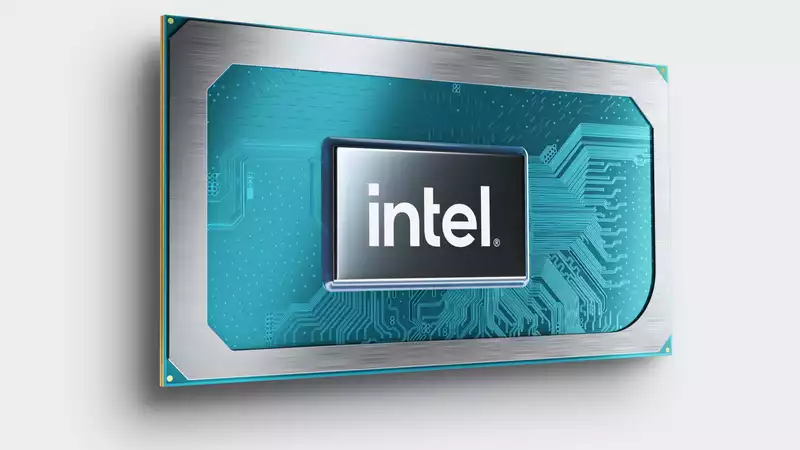Today, Intel is releasing its 11th generation Core H series for notebook PCs. Codenamed "Tiger Lake-H," this release is important to Intel on two fronts. First, it represents a massive injection of new silicon at a time of widespread component shortages, and second, it makes things more understandable for those considering the purchase of a new laptop.
Intel's laptop products have not always been the most straightforward. Prior to today's release, there were two very different chip families vying for your money, depending on what kind of machine you were looking for. High-performance gaming laptops were powered by 10th generation Core H-series (Comet Lake-H) chips, while ultraportables were powered by 11th generation Core Tiger Lake chips.
The good news is that with the release of Tiger Lake-H, we now see a single processor family covering the entire market. Of course, Intel's previously announced H35 line of ultraportables managed to survive. But this is a new segment that Intel is trying to create, and we'll forgive it as one exception. Besides, it is a Tiger Lake chip anyway.
Tiger Lake-H is based on Intel's Willow Cove Core microarchitecture, built on a 10nm SuperFin manufacturing process. It supports turbo clocks of up to 5.0 GHz, which is impressive for a gaming laptop, and some SKUs have the option to support overclocking. However, such machines require serious cooling.
Intel Speed Optimizer can boost the frequency of all cores, so we are looking at impressive multi-threaded performance. Turbo Boost Max 3.0, on the other hand, can identify the best core for the highest frequency, ensuring that everything falls within spec.
Overall, Tiger Lake-H offers a 19% improvement in multi-threaded processing over the previous generation. Intel also claims to have the world's fastest single-threaded mobile processor, but we'll have to wait and see how that plays out on a concrete laptop. We will also have to see what difference it makes to the actual game.
The good news here is that Intel and AMD are going at it just as hard in the mobile arena as they are on the desktop. Intel says that it is not yet ready to launch the Tiger Lake-H, as one million units have been shipped to OEMs in preparation for its launch.
Intel is also in good shape across the Tiger Lake-H platform with PCIe 4.0 support for next-generation storage and the latest GPUs: 20 PCIe 4.0 lanes directly from the CPU itself and 24 PCIe 3.0 lanes from the 500 series chipset to 24 lanes. These new laptops also have access to Thunderbolt 4.0 and Wi-Fi 6/6E.
The top-of-the-line model in the new Tiger Lake-H series is the Core i9 11980HK, an 8-core, 16-thread CPU with a base clock of 2.6 GHz and a maximum turbo of 5 GHz. According to Intel's own figures, this is a considerable improvement over the 10980HK, which is to be expected. Intel also believes it outperforms AMD's Ryzen 9 5900HX, but we will have to wait and see how system builders use and test these chips themselves before passing judgment.
There are five different chips announced today, three 8-core, 16-thread chips and a pair of 6-core, 12-thread Core i5s. All of these chips use Intel's UHD graphics, which is a bit disappointing given the presence of Xe GPUs, but in any case, this is not the end of the story, as these are chips you want to combine with discrete graphics for gaming.
Nvidia is announcing new mobile graphics at the same time as the Tiger Lake-H is coming out, and there will be lots of new laptops from Asus, MSI, Gigabyte, Lenovo, Alienware and others. Basically, folks. If you have been putting off the purchase of a new laptop, it is time for your patience to be rewarded. We will be taking a look at these refreshes shortly...
.

Comments